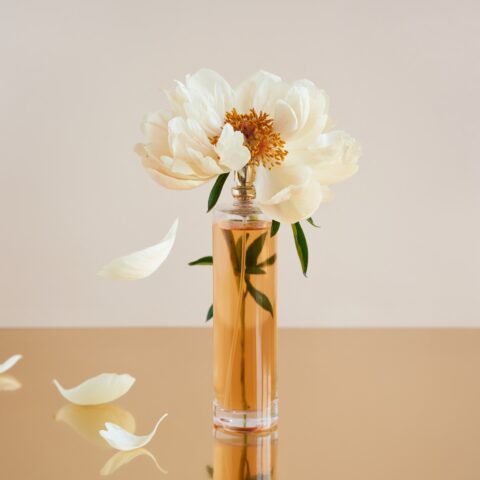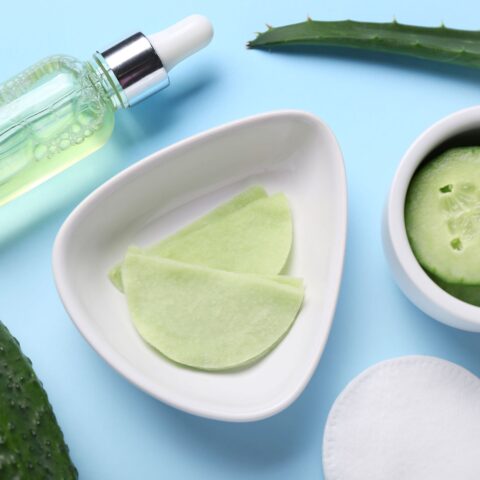Healthy Alternatives to Candles
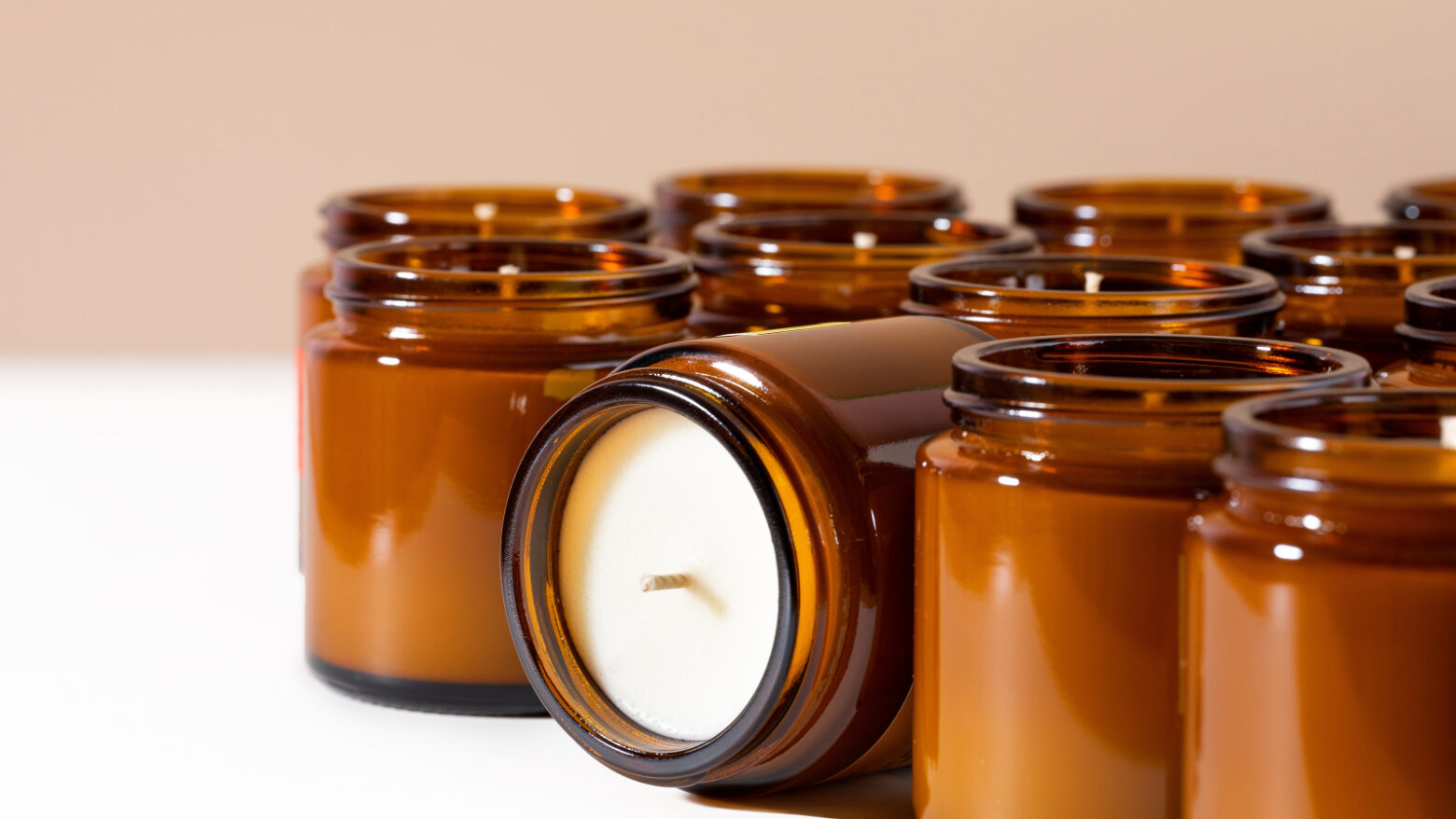
Next time you are home, take a moment to flip over one of your candles and examine the bottom. Almost all candles contain to a warning label at the base that advises consumers to “not burn for longer than four hours.” The National Candle Association claims that this is a general fire safety recommendation across the community. [1] Nevertheless, various studies declare that under normal conditions, scented candles do not pose any health threats (many of these studies were conducted within a four-hour timeframe). [2]
But what if conditions are less than typical? What happens when you burn a candle for more than four hours, in a confined space, or all the way to the wick? What exactly is being released into the air under these circumstances?
Volatile Organic Compounds
Many candles are made with paraffin wax, and when ignited they emit volatile organic compounds (VOCs) into the air. Products such as candles, paint, mold, and tobacco smoke all release VOCs into their surrounding environment, and can cause irritation in the eyes, nose, and throat when inhaled. VOCs can also create breathing difficulties and induce nausea, but most concerningly, enough inhalation of specific VOCs can lead to cancer. [3] But if you have proper ventilation and follow the four-hour burn standard, VOCs from candles typically are not potent enough to harm you.
Lead Wicks
Modern candle wicks are composed of tightly knitted cotton or fibers. However, that was not always the case—in the past, most candle wicks were made of lead. Inhaling lead can result in serious health issues, especially for developing children.
Consequently, in 2003, the Federal Hazardous Substances Act (FHSA) officially banned the production of lead wicks in candles, classifying lead as a hazardous substance. [4] Candles today should be lead-free, but we strongly recommend double-checking the label to ensure their safety.
Candles That Are “Healthy”
Soy and beeswax candles are known as healthier alternatives to buying paraffin wax candles. However, interior designer Hannah Richards points out that soy candles are made with soybeans that are genetically modified and grown with pesticides. These substances may be present in the wax and released into the air as it melts, potentially exposing toxic fumes to people nearby. [5]
On the other hand, all-natural, untreated beeswax candles are known to purify the air. These candles seem to be uncontroversial, and okay to burn for up to four hours as long as they are pure beeswax. Be sure to check the label before making your purchase to ensure clean products were used.
Healthier Candle Alternatives
It’s not unusual for everyday odors to linger around the house. Whether you just cooked a seafood dish for dinner, or your dog ran inside after rolling around in the rain, the house can get a bit stinky. Sometimes, we just crave a fresh, clean-scented home. Here we’ve listed four alternatives to lighting candles that will keep your home cozy and healthy.
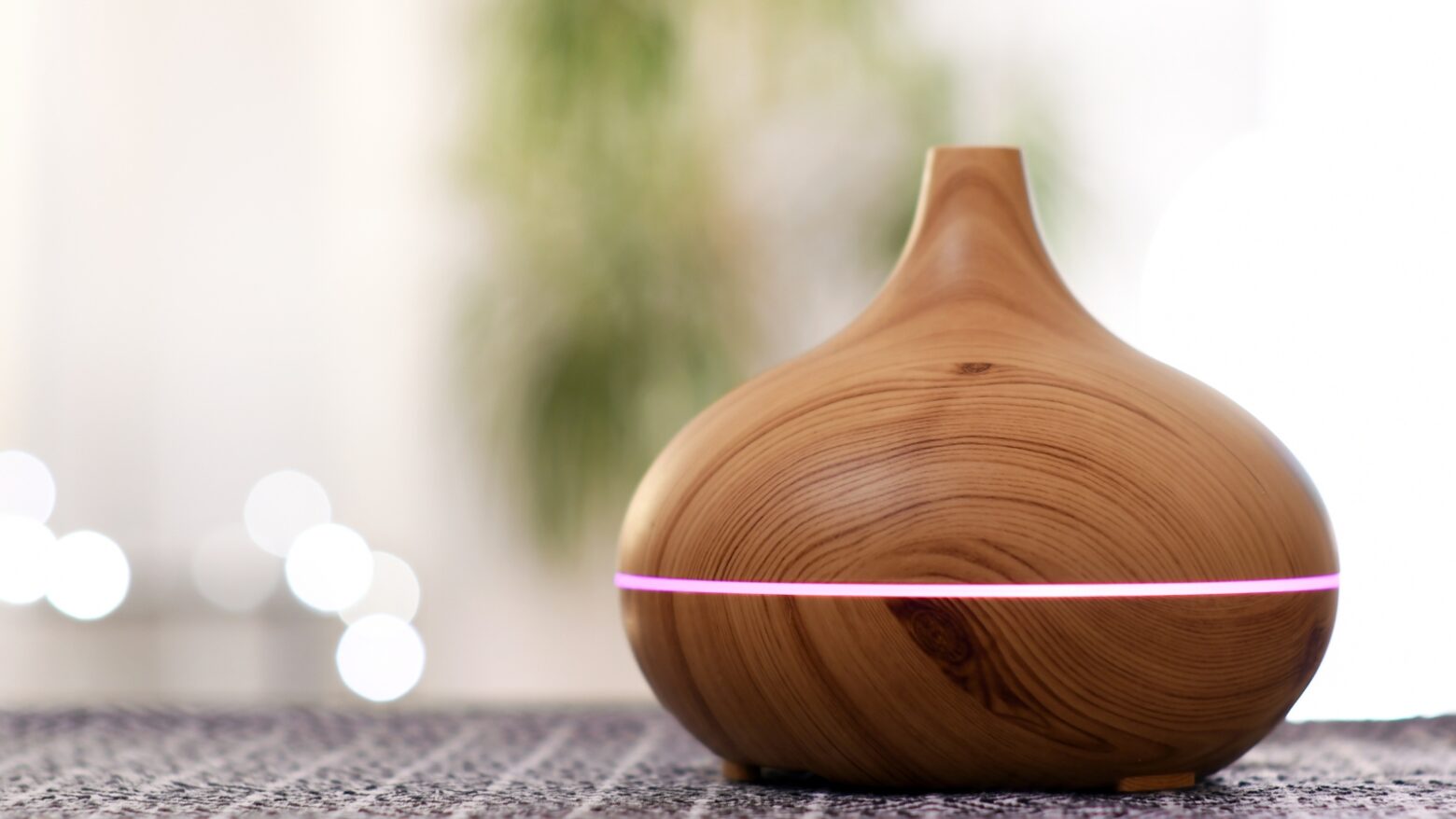
Essential Oil Diffuser
Essential oils are all-natural, liquid plant extracts and contain a plethora of health benefits. Diffusing essential oils is a form of aromatherapy that can help relieve stress, anxiety, headaches, and improve sleep. Here are some of the best essential oils to use in your home that can improve your health.
- Lemongrass is known for its antifungal properties.
- Eucalyptus and tea tree oil can help fight off viruses.
- Lavender oil has been proven to improve mood and alleviate depression.
- Bergamot oil can help regulate blood pressure and heart rate.
- Rosemary oil is known to calm inflammation. [6]
All you need is an oil diffuser and your favorite essential oils. If you’re looking to save money, a humidifier can also double as an essential oil diffuser. Just add a few drops of your chosen oil in the water tank and diffuse for up to 60 minutes at a time. Keep in mind that certain oils are more potent than others, so you will want to diffuse intermittently, especially for those who are sensitive to smells.
CAUTION: While essential oils are pure extracts from their source, some oils are toxic to pets and can be bad for pregnant women. If you fall into either of those categories, examine the National Association for Holistic Aromatherapy’s safety information to determine which oils are safe to use in your household. And always be sure to keep your diffuser out of reach of children and pets.
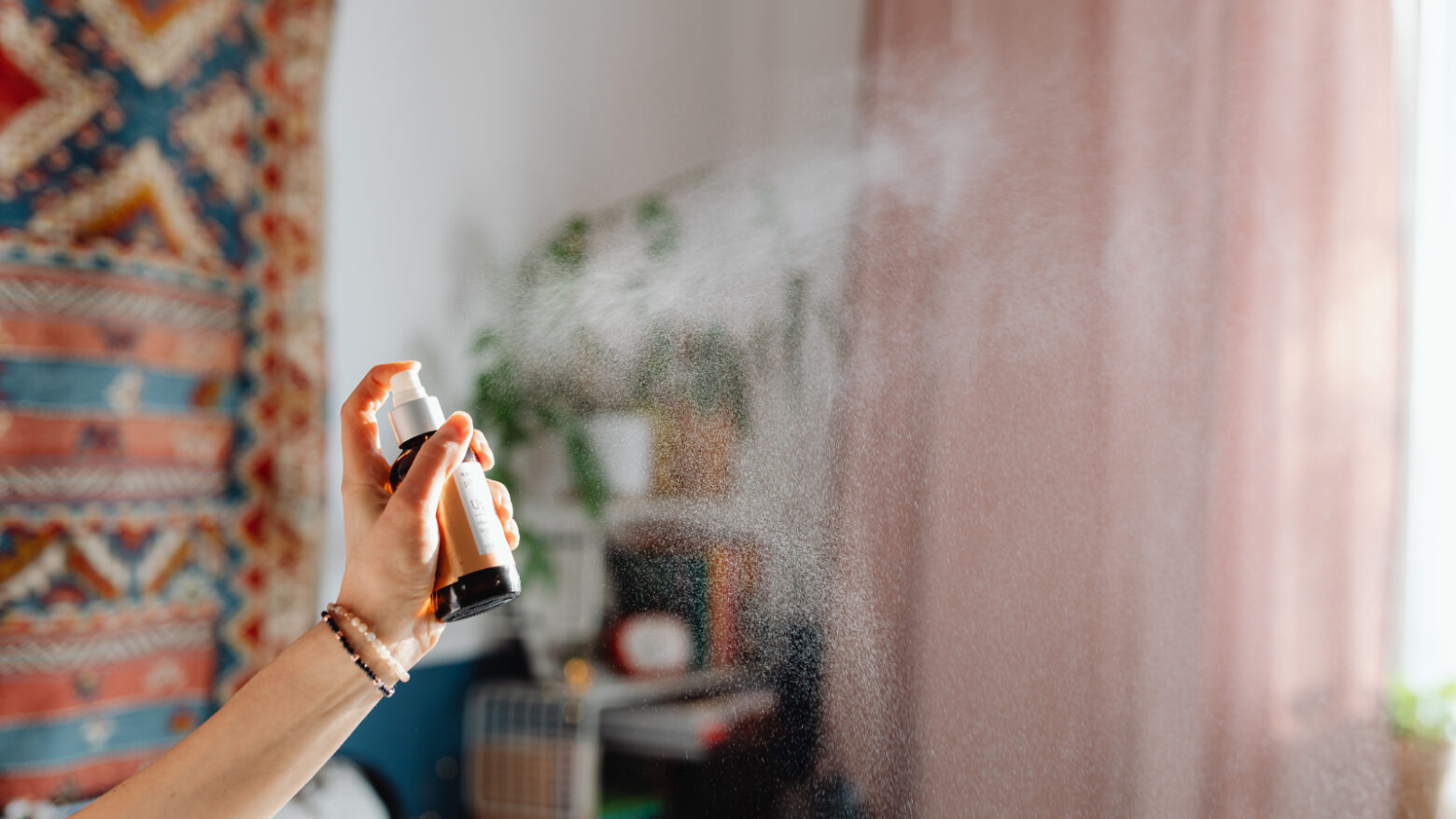
Homemade Room Spray
This alternative is a fun DIY project for the weekend. You’ll need an empty spray bottle, distilled or purified water, and your favorite all-natural fragrances. If you choose to use essential oils in your room spray, you will have to emulsify the oil and water for them to blend effectively. Feel free to add in any of these non-toxic emulsifiers to your room spray: sodium, rubbing alcohol, coconut oil, vinegar, or witch hazel. [7]
To complete your room spray, combine all the ingredients in the bottle, give it a good shake, and spray around your home, maintaining a distance of at least an arm’s length to prevent excessive moisture.
CAUTION: If you choose to add essential oils to your room spray, be mindful of the same precautions mentioned for oil diffusers above.
RELATED: Natural Cleaning Alternatives: Can They Sanitize Effectively?
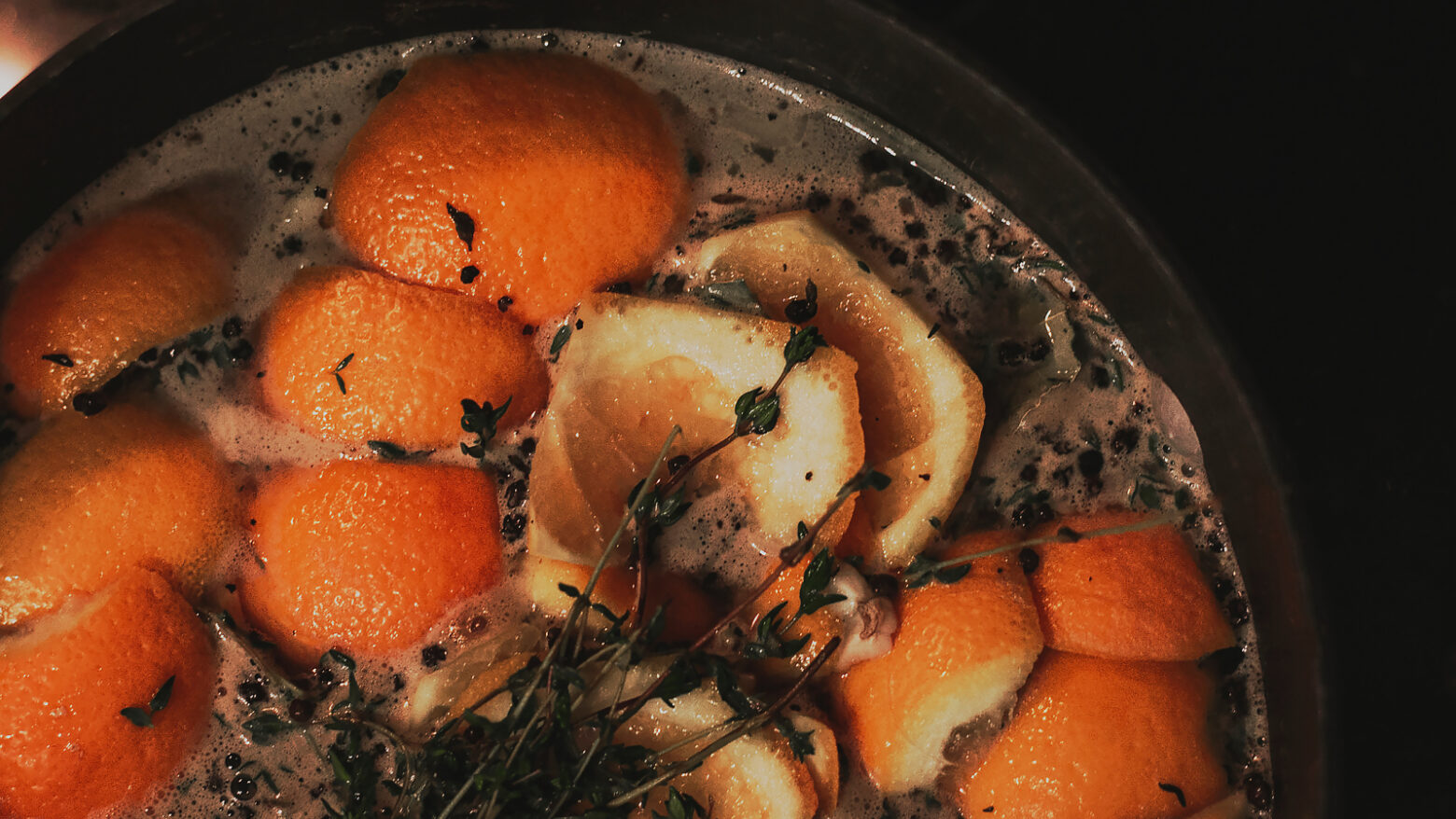
Simmer Pot
Simmer pots offer a natural way to infuse your home with delightful fragrances while removing wavering stenches. Better yet, it’s incredibly simple to do. Just fill a pot halfway with water and place it on the stove over low to medium heat to gently bring to a boil. Then, it’s time to get creative—throw in your favorite scented foods like fragrant fruits, spices, and herbs. It’s a great way to repurpose orange peels or overripe fruits and extract delicious scents out of them.
Make sure to leave the pot uncovered so the aroma can waft through your space. If you don’t feel comfortable leaving an open flame on the stove, you can also achieve the same effect in a crock pot or slow cooker on low heat.
CAUTION: If you live in a humid climate, it’s important to have good ventilation or a dehumidifier on hand. Simmer pots release moisture into the air, potentially creating an environment for mold growth. Mold poisoning is becoming quite common, so it’s important to take safety precautions. Consider buying a hygrometer to measure relative humidity. According to Richards, “Relative humidity in your home should never exceed 55% to avoid mold growth.”
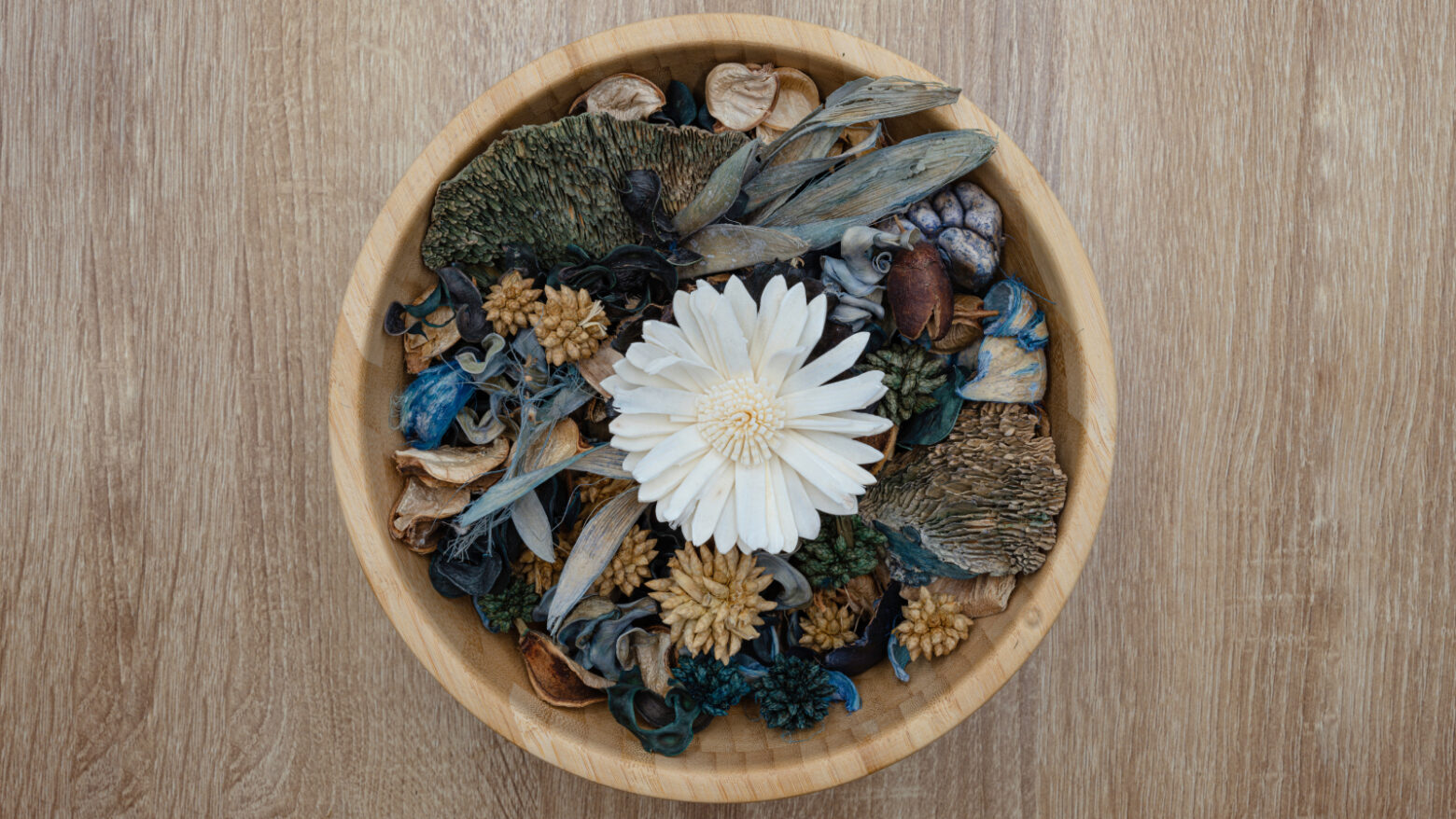
Potpourri
This is another good DIY project to create in your free time. Potpourri is a blend of aromatic pieces of plants that infuses the room with pleasant scents. Store the ingredients in an airtight container when not using so the aromas can build up, and when you’re ready, display them in a mesh bag, shallow bowl, or glass jar.
When selecting your potpourri ingredients, make sure they are all-natural and not artificially produced. The best source for pure plant material is the great outdoors, where you can gather fragrant pinecones, flowers, fir tree branches, and other gifts from Mother Nature. You can also purchase items like cinnamon from the store, but always check the label to ensure they’re all-natural.
CAUTION: When assembling your potpourri, prioritize safety and put the display out of reach from children and pets.
Safety First!
These alternatives to candles offer safe and effective ways to keep your living space smelling fresh without the associated health concerns of wax and lead wicks. Our philosophy at The Paleo Diet® is centered around eating pure, natural foods. We recommend applying this mindset when choosing the oils, herbs, and ingredients that will fill your home with delightful scents.
Lighting a candle every once in a while is not horrible for you. Just remember these tips when you do:
- Make sure there is good ventilation by opening a window or turning on a fan.
- Never leave the room unattended while an open flame is burning.
- Avoid burning the candle for more than four hours at a time.
- Try to limit candle use to every other day at the most.
We are only human, and at the end of the day, no one wants a stinky house. Happy smelling!
References
- “Candle Fire Safety Guidelines | NCA.” National Candle Association, 2014, www.candles.org/fire-safety-candles/
- Petry, Thomas, et al. “Human Health Risk Evaluation of Selected VOC, SVOC and Particulate Emissions from Scented Candles.” Regulatory Toxicology and Pharmacology, vol. 69, no. 1, June 2014, pp. 55–70, https://doi.org/10.1016/j.yrtph.2014.02.010
- American Lung Association. “Volatile Organic Compounds.” Www.lung.org, 12 Feb. 2020, www.lung.org/clean-air/at-home/indoor-air-pollutants/volatile-organic-compounds
- “Federal Register :: Request Access.” Unblock.federalregister.gov, www.federalregister.gov/documents/2003/04/18/03-9255/metal-cored-candlewicks-containing-lead-and-candles-with-such-wicks
- “USDA ERS – Recent Trends in GE Adoption.” Www.ers.usda.gov, www.ers.usda.gov/data-products/adoption-of-genetically-engineered-crops-in-the-u-s/recent-trends-in-ge-adoption/#.U1b1TYKjIuI. Accessed 10 Oct. 2023.
- Ramsey, J. Tyler, et al. “Essential Oils and Health.” The Yale Journal of Biology and Medicine, vol. 93, no. 2, 29 June 2020, pp. 291–305, www.ncbi.nlm.nih.gov/pmc/articles/PMC7309671/
- S.R, Venkat. “What Are Emulsifiers?” WebMD, 7 Nov. 2022, www.webmd.com/diet/what-are-emulsifiers
Isabella Mead
Isabella Mead is the Assistant Project Manager at The Paleo Diet and has experience in creating digital content for lifestyle and nutrition brands.
More About The Author


